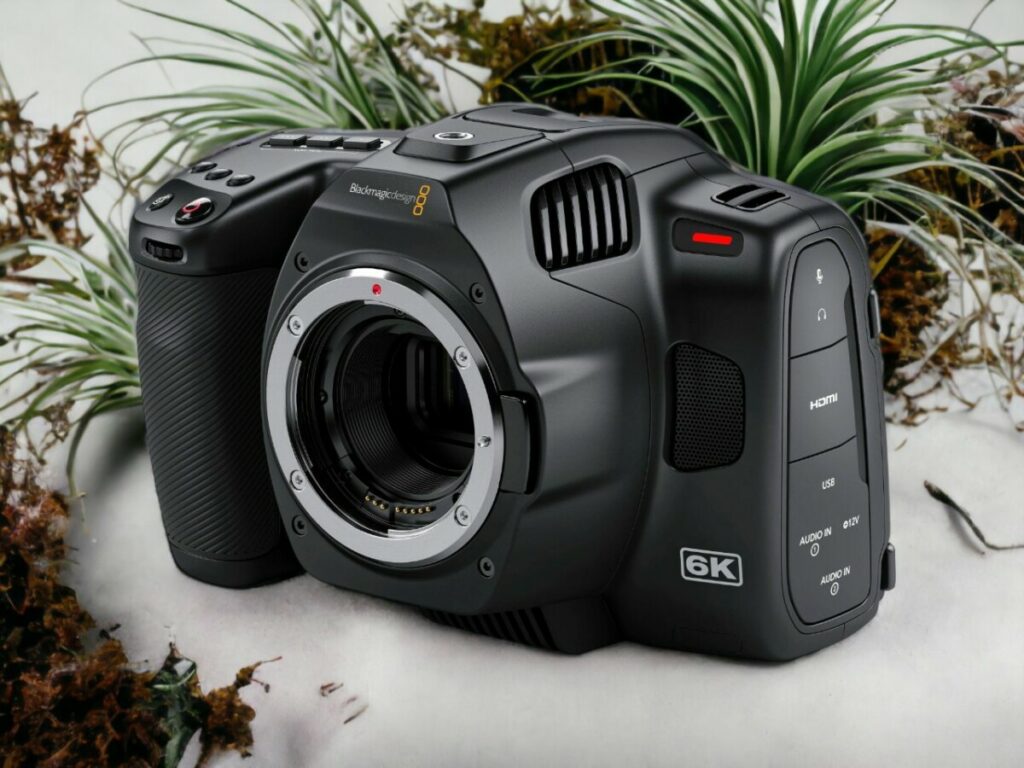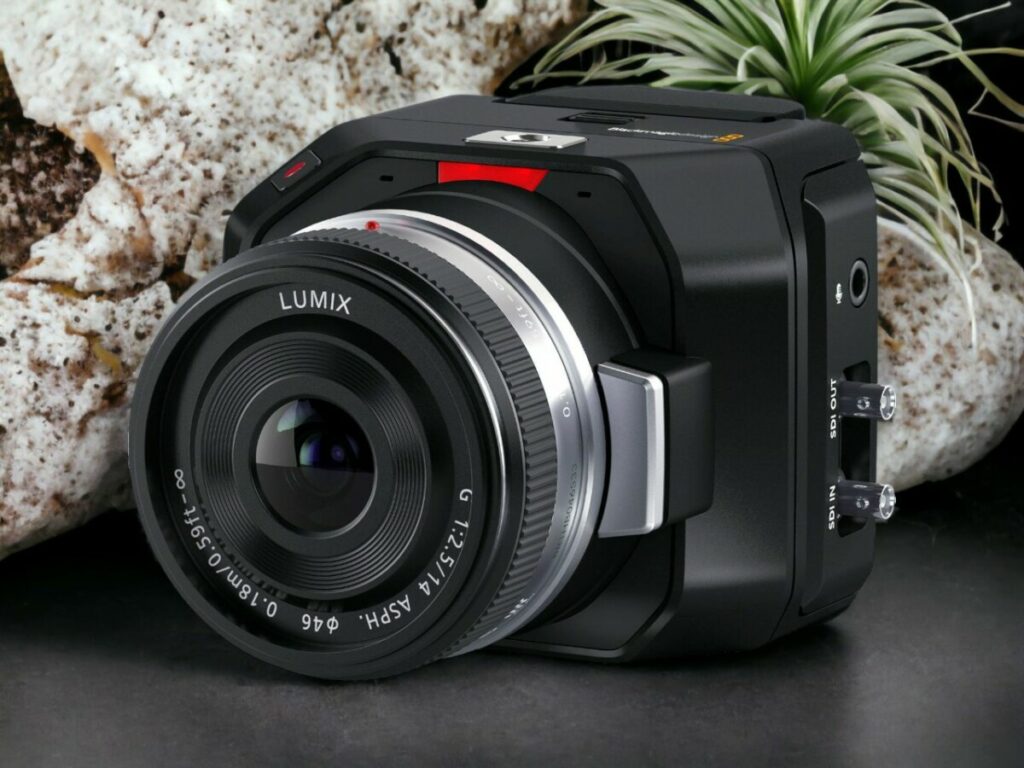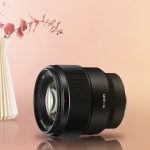You’re standing on the brink of the expansive world of real estate photography, and picking the right gear feels like you’re on a quest for the Holy Grail.
Now, you might be thinking about a full-frame camera – sure, they’re top-notch for low-light conditions and nailing that depth of field. But are they indispensable? Not necessarily.
It might be smarter to focus your attention on snagging a solid tripod, top-tier lenses, and killer lighting.
So let’s dive right in, and sift through the must-haves and the nice-to-haves when it comes to your camera gear.
Is a Full-Frame Camera Necessary for Real Estate Photography?
A full-frame camera comes with its advantages in real estate photography, providing superior image quality and a larger field of view. However, it’s not the be-all and end-all. You can still capture excellent real estate shots using crop-sensor cameras, given you use the right techniques and lenses.
The importance of full-frame cameras in the game of real estate photography isn’t as big of a deal as you might’ve assumed. Yeah, it’s true that these cameras do have their perks, like top-notch image quality and a wider range of super-wide-angle lenses. But let’s be real, you don’t always need these in your toolkit.
Full-frame cameras do shine when it comes to low-light situations, and they give you a bit more control when it comes to depth of field. But let’s think about it, in the world of real estate photography, you’re mostly shooting rooms with plenty of natural light, and depth of field isn’t usually a major worry.
So, when should you really think about splashing out on a full-frame camera for your real estate snaps? Well, when your clients have some pretty high expectations or if you’re trying to level up your photography game.
Otherwise, don’t sweat it. There are other gear you should be focusing on, like quality lenses, a solid tripod, and some killer lighting equipment. After all, it’s not just about the camera, it’s about the entire setup. So don’t get caught up on the full-frame hype, there’s a whole world of photography gear out there waiting to elevate your shots.
Prioritizing Essential Equipment for High-Quality Real Estate Photos

Believe it or not, snapping top-notch real estate photos isn’t just about owning a killer camera. There’s a whole lot more to it, like nailing down the right gear to amplify the quality of your shots.
Let’s talk about lighting for a sec. It’s kinda like the secret sauce in the world of real estate photography. With the right lighting, you can bring out the charm in property features, add depth, and even create a vibe. Spend a little extra on a solid lighting setup and you’ll see a massive difference in your shots.
But hey, don’t stop there. The lenses you choose are just as important. Ever heard of a wide-angle lens? It’s pretty much a game-changer in this field. It captures more of the space, making rooms look larger than they are. And in those annoying low light scenarios, a lens with a fast aperture can be a real lifesaver.
APS-C Cameras as a Viable Alternative for Real Estate Photography

Believe it or not, you don’t always need to drop big bucks on a full-frame camera for your real estate photography. APS-C cameras are stepping in as a killer alternative that’s both budget-friendly and packed with features.
If you pit the image quality of full frame cameras against APS-C’s, you’ll see that these underdogs have quite a bit to offer, especially when it comes to snapping pictures of properties. Here’s the lowdown:
- Cost: APS-C cameras don’t cost an arm and a leg. You’re getting a bang for your buck here.
- Easy to lug around: With their compact size, they’re a breeze to carry from one location to another.
- Lens game strong: APS-C cameras play nice with a variety of lenses. No need to worry about compatibility issues.
- Picture perfect: The quality of images these cameras churn out is top-notch, perfect for showcasing property listings.
- Nightscape masters: Most of the latest APS-C models can handle low light situations like a champ.
Factoring Client Expectations and Photography Levels in Equipment Choice

Choosing your photography gear isn’t just about what you need or how much money you’ve got to throw at it. It’s also about what your clients are expecting and the quality of photos you’re trying to take. Sure, staying within budget is important, but don’t forget that picking the right camera for real estate photography isn’t just about the price tag.
You’ve got to think about how different gear will work for you and meet your clients’ needs. For instance, APS-C cameras coupled with top-notch wide-angle lenses could be a pretty decent, wallet-friendly alternative to full-frame cameras.
When you’re weighing up the pros and cons, consider whether the fancy, high-tech features are really essential for your work. I mean, having awesome low-light capabilities mightn’t be all that if you’re mostly shooting in properties with plenty of light.
The Cost and Quality Trade-off in Choosing Full-Frame Cameras
Despite all the hype around full-frame cameras, the struggle is real when you have to weigh the cost and quality. Sometimes, this dilemma can push you towards more wallet-friendly choices, especially when it comes to real estate photography.
Take a look at what full-frame cameras bring to the table for real estate photography:
- They’re total champs in low light situations.
- They let you play with depth of field like a pro.
- They’ve got a killer range of ultra-wide-angle lenses.
But, if you’re looking to save some green without compromising on quality, there are other options:
- APS-C cameras coupled with ultra-wide lenses are a pretty solid alternative.
- Investing in top-notch gear, like high-quality lenses, killer lighting, and a sturdy tripod, can seriously up your game.
Ultimately, the decision should vibe with your specific needs and what your clients are expecting. Keep it 100, and you’ll be golden.
Keywords for the URLs:
1. Need a tripod for macro photography
2. Museums allow flash photography
3. Ring lights for product photography
New Heading: Optimizing Real Estate Photography: Your Full-Frame Camera and Beyond
Article Section:
Optimizing Real Estate Photography: Your Full-Frame Camera and Beyond
Okay, so you’re thinking about dabbling in real estate photography, and you can’t decide if a full-frame camera is your golden ticket. Sure, it’s a big part of the equation, but let’s not forget that there’s more to this game than just the camera. Let’s take a quick detour through some other often-ignored aspects of shooting the best real estate photos.
Like, have you ever wondered if you need a tripod for macro photography? I’m telling you, a sturdy tripod can be a real game-changer. You’ll snag those high-detail, close-up photos like never before. Pro tip though, remember to always carry one with you when shooting property, especially for those low light interior shots.
Another thing to consider is understanding where and when to use flash. Believe it or not, some museums don’t allow flash photography. It’s not always about blasting light everywhere, but knowing when to use it. In real estate, you’d want to catch the viewer’s eye with well-lit, vivid images without casting odd shadows or making rooms look synthetic.
And then there are ring lights for product photography. Definitely worth a shot, if you’re into showcasing details – door knobs, light fixtures, you get the drill. These bad boys can surely level up your real estate photography by enhancing those micro details we often overlook.
Remember guys, it’s not just about the camera. There’s a whole world of accessories and techniques just waiting to be explored. Use them wisely, and see your snaps go from ‘meh’ to ‘wow’!

Wedding Photographer
From nature to urban landscapes, my camera is my tool for expressing my creativity and telling stories through my lens.



